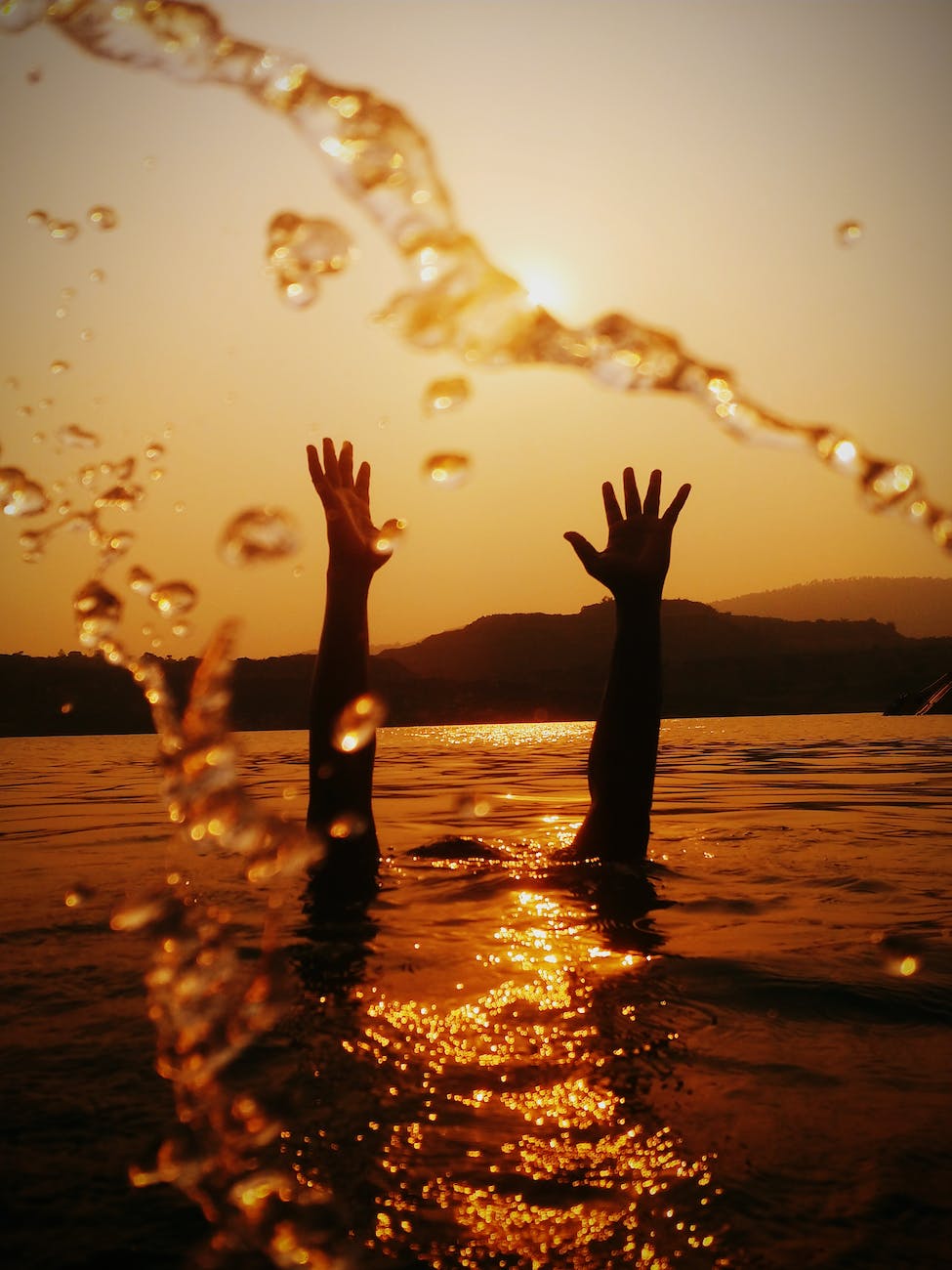
Water Safety: Prevention of Drowning and Waterborne Illnesses
Introduction
Water activities bring joy and relaxation, but they also come with inherent risks. Drowning and waterborne illnesses are serious concerns that demand attention. This article serves as a comprehensive guide to water safety, covering preventive measures to ensure a secure aquatic environment for everyone.
Understanding the Risks
- Drowning Statistics
- Global Impact: Drowning is a leading cause of unintentional injury and death worldwide, with a particularly high impact on children.
- Variety of Settings: Drowning incidents occur in various settings, including pools, lakes, rivers, and even bathtubs.
- Waterborne Illnesses
- Contaminated Water: Waterborne illnesses result from exposure to water contaminated with bacteria, viruses, or parasites.
- Common Ailments: Infections such as swimmer’s ear, giardiasis, and norovirus are associated with contaminated water.
Preventing Drowning Incidents
- Supervision
- Constant Vigilance: Supervise individuals, especially children, around water at all times.
- Designate a Water Watcher: Assign a responsible adult as a designated “Water Watcher” during group activities.
- Swimming Lessons
- Early Start: Enroll children in swimming lessons at an early age to build essential water skills.
- Continuous Learning: Encourage ongoing swimming education for both children and adults to enhance proficiency.
- Life Jackets and Floatation Devices
- Appropriate Use: Ensure the use of properly fitting life jackets and floatation devices, especially in open water settings.
- Education: Educate individuals on the importance of wearing life jackets during water activities.
- Barriers and Safety Features
- Pool Fencing: Install secure fencing around pools with self-closing gates to restrict unauthorized access.
- Alarms: Use pool alarms to alert caregivers of any unauthorized pool entry.
- Water Safety Education
- Community Programs: Promote and participate in community water safety programs.
- Educational Resources: Share resources and information about water safety to raise awareness within communities.
Preventing Waterborne Illnesses
- Pool and Water Facility Hygiene
- Proper Chlorination: Ensure proper chlorination of pools to eliminate harmful bacteria.
- Regular Maintenance: Maintain water facilities according to hygiene standards to prevent contamination.
- Avoiding Swallowing Water
- Teach Healthy Habits: Encourage individuals to avoid swallowing pool or recreational water.
- Post Swim Hygiene: Promote showering after swimming to reduce the risk of waterborne infections.
- Water Quality Testing
- Regular Checks: Conduct regular water quality tests in pools and recreational water areas.
- Prompt Action: Take immediate corrective actions if water quality falls below acceptable standards.
- Personal Hygiene Practices
- Hand Washing: Emphasize the importance of hand washing, especially after using restroom facilities.
- Avoiding Contamination: Instruct individuals to refrain from swimming if experiencing diarrhea to prevent the spread of waterborne illnesses.
Emergency Preparedness and Response
- CPR Training
- Widespread Training: Encourage CPR training for individuals of all ages.
- Quick Response: Immediate CPR can significantly improve the chances of survival in drowning incidents.
- Emergency Contacts
- Clearly Displayed: Ensure emergency contact information is prominently displayed near water facilities.
- Quick Access: Emergency responders should have easy access to the location for rapid intervention.
- Swift Water Rescue
- Equip Lifeguards: Lifeguards and designated responders should have the necessary equipment for swift water rescues.
- Regular Drills: Conduct regular emergency response drills to enhance preparedness.
Conclusion
Water safety is a shared responsibility that requires proactive measures to prevent drowning and waterborne illnesses. By promoting education, implementing preventive strategies, and fostering a culture of safety, individuals and communities can enjoy aquatic activities while minimizing risks.
How to Validate Root Cause in Six Sigma
Root Cause Analysis Tools in Six Sigma
Process of Root Cause Analysis
Frequently Asked Questions (FAQs)
- How common are drowning incidents, and who is most at risk?
- Drowning is a leading cause of unintentional injury and death globally, with children being particularly vulnerable. Constant supervision and water safety measures are crucial.
- What are some common waterborne illnesses, and how can they be prevented?
- Waterborne illnesses can include swimmer’s ear, giardiasis, and norovirus. Prevention involves proper pool hygiene, avoiding swallowing water, regular water quality testing, and personal hygiene practices.
- Why is CPR training important in water safety?
- CPR training is vital as it provides individuals with the skills to respond effectively in drowning incidents, significantly improving the chances of survival until professional help arrives.
- How can communities promote water safety education?
- Communities can promote water safety education through programs, resources, and partnerships with local organizations. Sharing information and participating in community initiatives are key components of raising awareness.
























